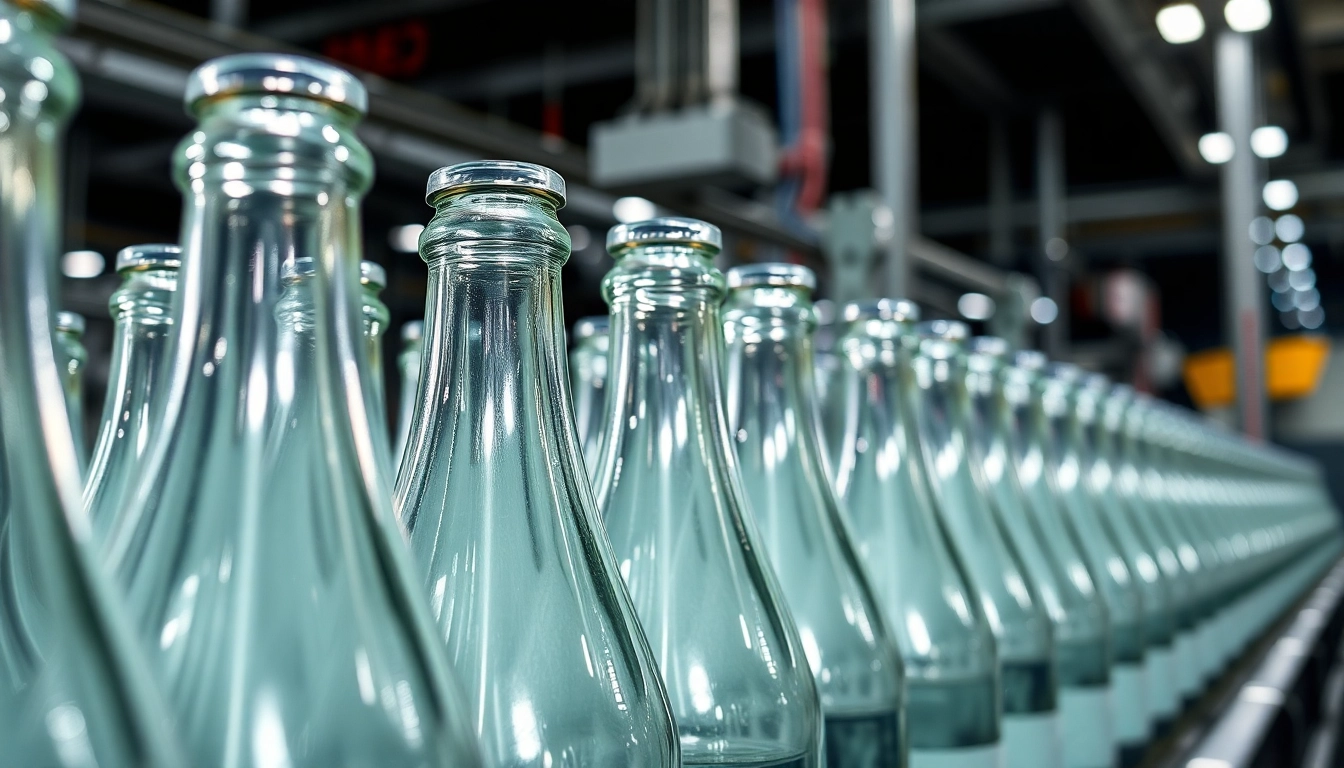Introduction to Polyethylene Bottles: Key Benefits and Usage
In the rapidly evolving world of packaging, lightweight, durable, and cost-effective materials are paramount. Among the most prominent are polietilen şişe, or polyethylene bottles. These versatile containers have become a staple across industries such as pharmaceuticals, cosmetics, food and beverage, and industrial chemicals. Their popularity stems from their unique combination of strength, flexibility, safety, and environmental friendliness. This comprehensive overview aims to shed light on the critical aspects of polyethylene bottles, including their design, manufacturing, applications, and future trends, providing valuable insights to manufacturers, suppliers, and consumers alike.
Understanding Polyethylene Bottles in Modern Packaging
Polyethylene bottles are made from polyethylene, a type of thermoplastic polymer. This polymer is produced through the polymerization of ethylene monomers, resulting in a material characterized by excellent chemical resistance, flexibility, and ease of manufacturing. The most common types used in bottle production are High-Density Polyethylene (HDPE) and Low-Density Polyethylene (LDPE). These plastics are renowned for their durability, impact resistance, and safety when used in packaging consumer products.
The diverse applications of polyethylene bottles are a testament to their adaptability. Be it a simple water bottle, a container for household chemicals, or a packaging solution for cosmetic products, polyethylene offers the perfect balance of strength and pliability. Notably, many of these bottles are recyclable, aligning with global sustainability goals and regulations.
Advantages Over Traditional Materials
Lightweight and Cost-Effective
Polyethylene bottles are significantly lighter than glass or metal counterparts, reducing transportation costs and ecological footprints. Their lightweight nature also facilitates easier handling during packaging, storage, and distribution processes.
Impact and Break-Resistance
Unlike glass, polyethylene bottles do not shatter upon impact. This impact resistance reduces product loss, minimizes injury risks in handling, and extends the usability life of packaging. These qualities make them ideal for both retail and industrial settings where durability is critical.
Chemical Resistance and Safety
Polyethylene’s excellent resistance to acids, alkalis, and other chemicals ensures that the contents remain uncontaminated and safe for consumer use. Moreover, polyethylene is non-toxic and approved for food contact, making it suitable for packaging consumables such as beverages, oils, and pharmaceuticals.
Environmental Compatibility
With increasing emphasis on sustainability, polyethylene bottles are highly recyclable. They can be processed multiple times without significant degradation in quality, contributing to circular economy practices. Additionally, advances in biodegradable polyethylene variants are paving the way for even greener solutions.
Design and Production of Polyethylene Bottles
Material Selection and Manufacturing Processes
The production of polyethylene bottles predominantly involves injection molding, blow molding, or extrusion blow molding processes. Selection between HDPE or LDPE depends on the desired properties such as rigidity or flexibility. For instance, HDPE is often used for rigid bottles like milk jugs or detergent containers, whereas LDPE is preferred for squeeze bottles or flexible packaging.
Quality control is essential in manufacturing, with standards ensuring chemical compatibility, physical strength, and safety compliance. High-quality raw materials, precise extrusion temperatures, and mold design are critical components of effective production lines.
Customization Options for Different Needs
Manufacturers can tailor polyethylene bottles according to volume (ranging from small 50 ml containers to large 5-liter bottles), neck size, shape, and closure system. Custom features include textured surfaces for grip, integrated handles for portability, and special neck finishes for specific caps and pumps. Digital printing and labeling also allow brands to enhance branding and product information presentation.
Quality Standards and Certifications
Adherence to international standards such as ISO, ASTM, and ASTM D3350 ensures the safety and quality of polyethylene bottles. Certifications like FDA compliance and food-grade approval reassure consumers and regulators about safety in food and pharmaceutical applications.
Optimizing Your Supply Chain with Polyethylene Bottles
Bulk Purchasing and Cost Efficiency
Buying polyethylene bottles in bulk significantly reduces unit costs, enabling companies to maximize margins. Partnering with reliable suppliers who offer consistent quality and flexible order quantities is crucial for inventory planning and cost management.
Strategies for Inventory Management
Implementing just-in-time inventory systems minimizes storage needs and prevents product obsolescence. Accurate demand forecasting, combined with safety stock levels, ensures a balanced supply while avoiding shortages or excess stock.
Logistics and Delivery Considerations
Efficient logistics involve selecting transportation methods that optimize speed and cost. Packaging solutions that prevent damage during transit, such as stacking pallets and protective wrapping, are critical. Temperature-sensitive applications should consider climate-controlled delivery options to maintain product stability.
Environmental and Health Considerations
Recyclability and Sustainability of Polyethylene
Polyethylene’s recyclability is a significant environmental advantage. Post-consumer bottles can be processed into new containers, fibers, and even construction materials. The development of biodegradable or bio-based polyethylene further enhances environmental benefits.
Health and Safety Regulations for Plastic Packaging
Modern regulations mandate strict compliance with safety standards for food and pharmaceutical packaging. Polyethylene bottles must meet criteria for chemical leaching and toxicity. Manufacturers continuously improve formulations to ensure health safety, making these bottles suitable for sensitive applications.
Polyethylene Bottles’ Impact on Consumer Health
Research indicates that high-quality polyethylene, used within regulatory safety thresholds, does not pose health risks. Their chemical inertness prevents the migration of harmful substances into contents. Nonetheless, consumers should favor bottles free from excessive additives or contaminants, and manufacturers should maintain transparency and adherence to safety standards to uphold trust.
Future Trends in Polyethylene Bottle Technology
Innovations in Biodegradable Polyethylene
Emerging biodegradable polyethylene variants aim to reduce environmental impact further. These materials retain durability during usage but degrade more efficiently after disposal, aligning with global sustainability initiatives.
Smart Packaging and Connectivity
Integrating IoT (Internet of Things) technology into polyethylene bottles enables real-time tracking, expiration alerts, and usage monitoring. This adds value for both manufacturers and end-users by enhancing safety, freshness, and supply chain transparency.
Market Growth and Emerging Opportunities
The growing demand for sustainable packaging solutions, coupled with technological innovations, is expected to expand the polyethylene bottle market significantly. Opportunities exist in developing multifunctional bottles, such as those with built-in dispensers, UV protection, or tamper-evident features, to meet evolving industry needs.


